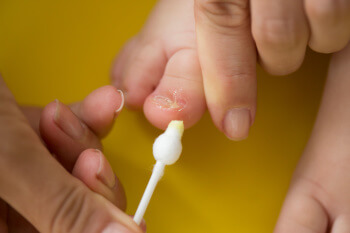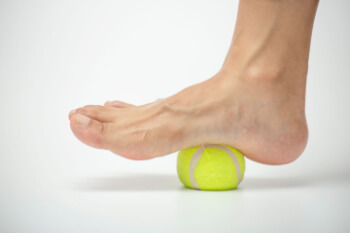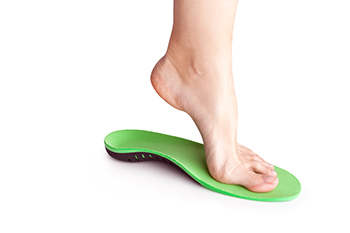
Diabetic feet present distinct symptoms due to nerve damage, neuropathy, or poor circulation caused by diabetes. Tingling sensations or numbness in the feet are common early signs, indicating nerve impairment. Slow-healing sores or wounds on the feet are concerning due to reduced blood flow and compromised immune response. Burning pain, often described as sharp or shooting, can occur as a result of nerve damage. Muscle weakness in the feet and legs may result from nerve dysfunction, affecting balance and mobility. Diabetic feet develop primarily from prolonged high blood sugar levels that damage nerves and blood vessels over time. Proper diabetes management, including blood sugar control, regular foot inspections, and wearing appropriate footwear, is vital to prevent complications. Early detection of symptoms and proactive foot care help mitigate risks and maintain optimal foot health for individuals living with diabetes. If you are a diabetic patient, it is strongly suggested that you include a podiatrist on your healthcare team who can help you to manage this serious condition.
Diabetic foot care is important in preventing foot ailments such as ulcers. If you are suffering from diabetes or have any other concerns about your feet, contact one of our doctors from New England Foot & Ankle . Our doctors can provide the care you need to keep you pain-free and on your feet.
Diabetic Foot Care
Diabetes affects millions of people every year. The condition can damage blood vessels in many parts of the body, especially the feet. Because of this, taking care of your feet is essential if you have diabetes, and having a podiatrist help monitor your foot health is highly recommended.
The Importance of Caring for Your Feet
- Routinely inspect your feet for bruises or sores.
- Wear socks that fit your feet comfortably.
- Wear comfortable shoes that provide adequate support.
Patients with diabetes should have their doctor monitor their blood levels, as blood sugar levels play such a huge role in diabetic care. Monitoring these levels on a regular basis is highly advised.
It is always best to inform your healthcare professional of any concerns you may have regarding your feet, especially for diabetic patients. Early treatment and routine foot examinations are keys to maintaining proper health, especially because severe complications can arise if proper treatment is not applied.
If you have any questions please feel free to contact our offices located in Wakefield, MA, Nashua and Derry, NH . We offer the newest diagnostic and treatment technologies for all your foot and ankle needs.



 Dancers
Dancers Orthotics
Orthotics 